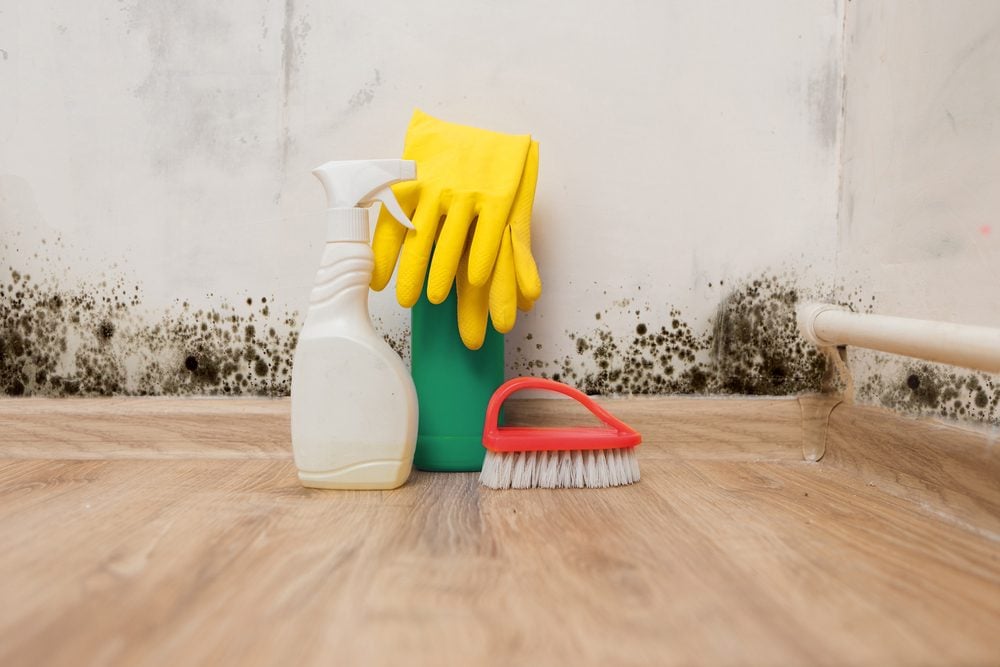Hidden Signs of Mold Growth in Your House
Do you know, most possibly, mold has taken up residence in your house? Mold is the most common problem faced by homeowners. Even if you can’t see mold, it’s still there hiding somewhere in your home. You may ignore it, but some household mold can be hazardous. This is because mold produces mycotoxins (myco means fungus), which are toxic and may lead to breathing problems, headaches, and even permanent neurological damage. Mold typically grows moisture and unresolved water issue, like a damp basement is their favorite location. Also, if floodwaters damaged your home, you’ll need to take quick action to dry out your furniture, carpeting, and walls. If moisture or standing water was allowed to stay too long, your home could become a breeding ground for mold.

Given the serious health risks and other mold implications, any sign of mold growth shouldn’t be avoided. Some homeowners try a DIY cleanup. You may also buy an N-95 respirator, protective eyewear, and gloves to clean mold with a bleach solution. However, most of the DIY cleanups are inefficient because homeowners fail to identify and fix the mold source. Only a professional certified by the National Environmental Health Association or the Institute of Inspection, Cleaning, and Restoration Certification can identify and eliminate mold from your home.
In most cases, you can find a mold problem by simply looking at dark black, brown, or greenish spots of walls, floor, or ceiling. You may also suspect mold problems if your home has an odd musty odor. But if these obvious signs are not present, possibly mold is hiding somewhere. Here are a few hidden characters that your house could be harboring toxic mold.
Peeling Wallpaper or Bubbling Paint
If your wallpaper is becoming discolored and has started bubbling, cracking, or peeling, it is a signal of moisture present in the wall. Moisture or leaks are also responsible for splashing paint. So, take a look at your walls and check if any areas feel damp or look warped. You’ll most likely find cracking paint on the walls of your bathroom or near a window. It would help if you ideally looked at the place where there’s moisture. If you find leaks, fix the leaking plumbing.
Watery Eyes & Itching Skin
Some people may develop allergic reactions to mold, such as itchy and watery eyes, coughing, and nasal congestion. If you’ve suddenly developed an allergy, track your reactions for two weeks to see if they get worse when you’re at home or in certain rooms. The mold mycotoxins may also cause tingling, itching, or burning sensations when you contact the mold.
Your Asthma Gets Worse
If left untreated, mold spores can find their way into the lungs and worsen asthma. It is seen that the household mold can aggravate asthma in individuals who already suffer from the condition. So if you’ve asthma and lately it has got worse, you may have mold somewhere hidden in your house. If you’re not sure of mold, hire a mold inspection and remediation expert.





